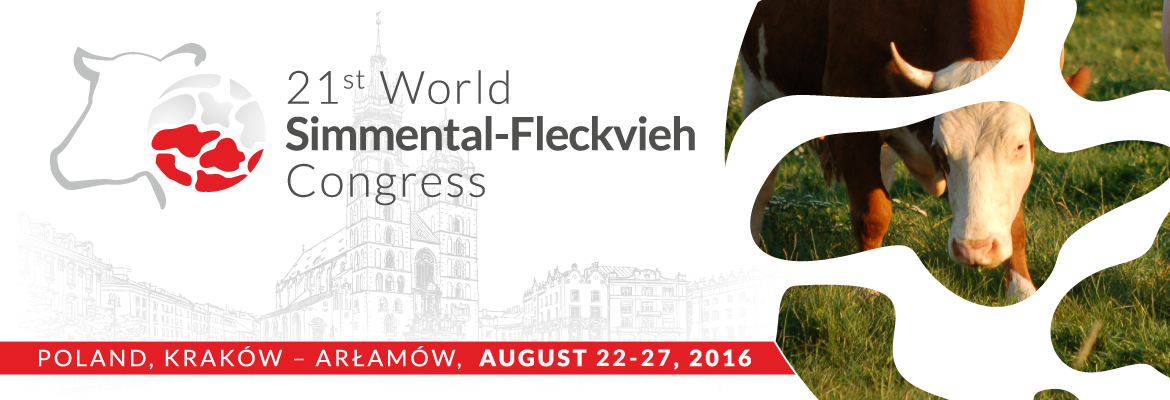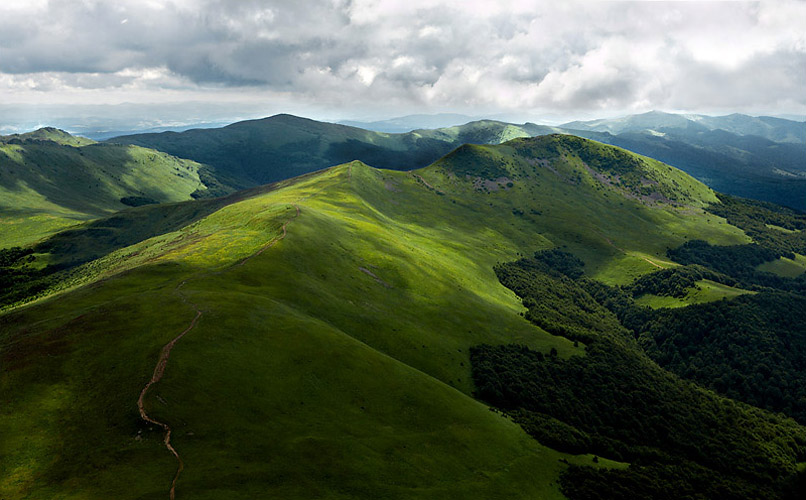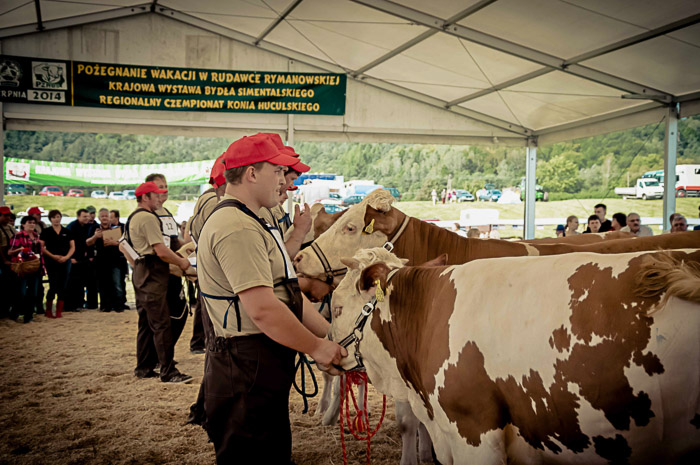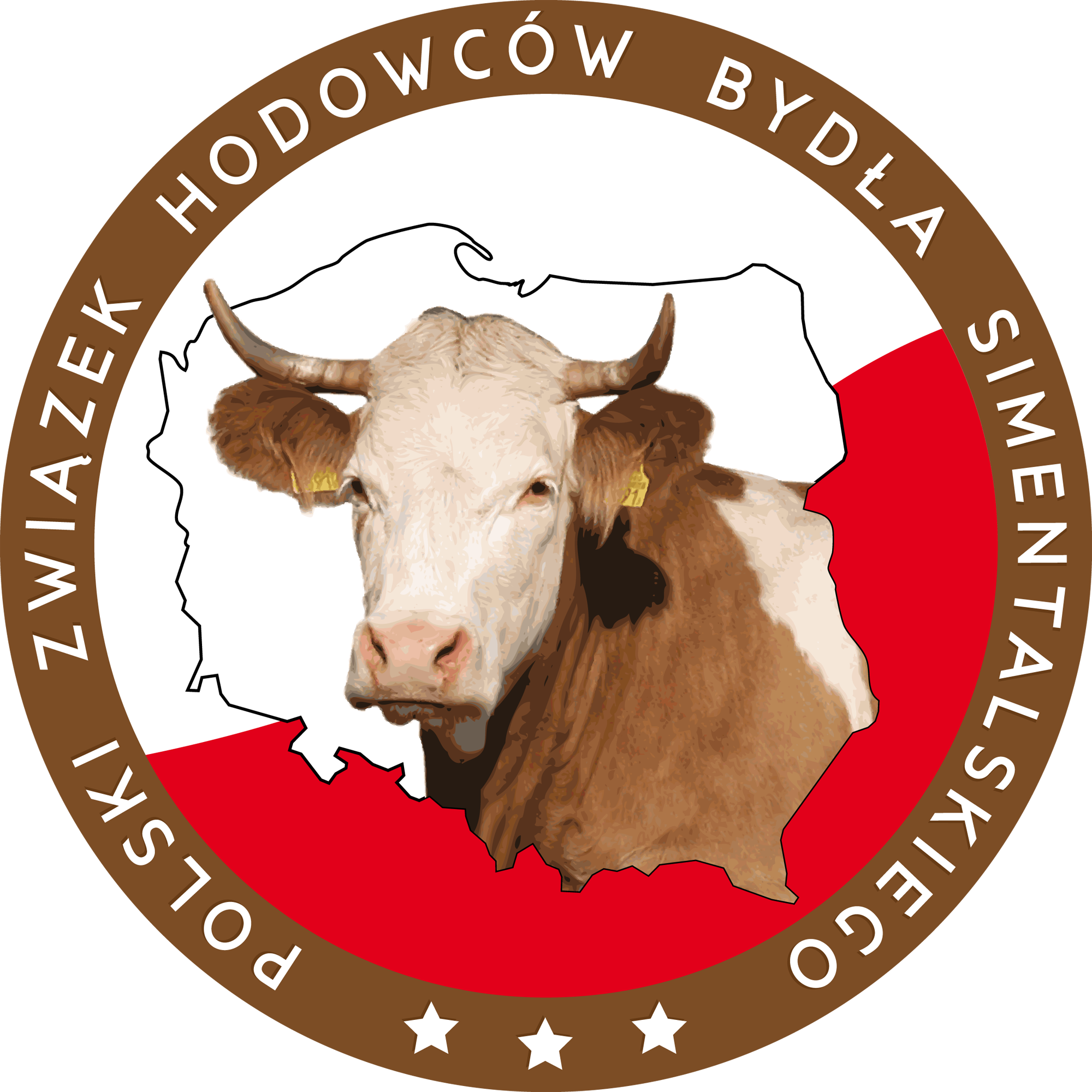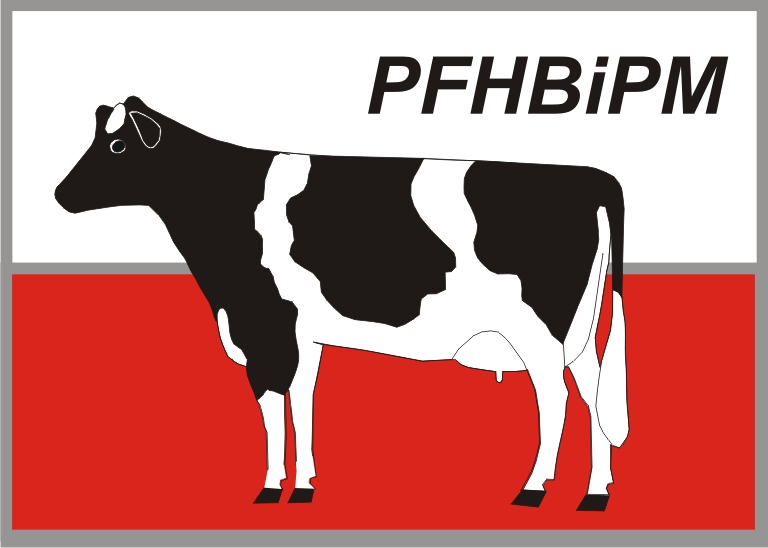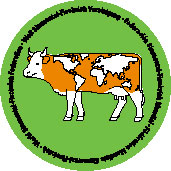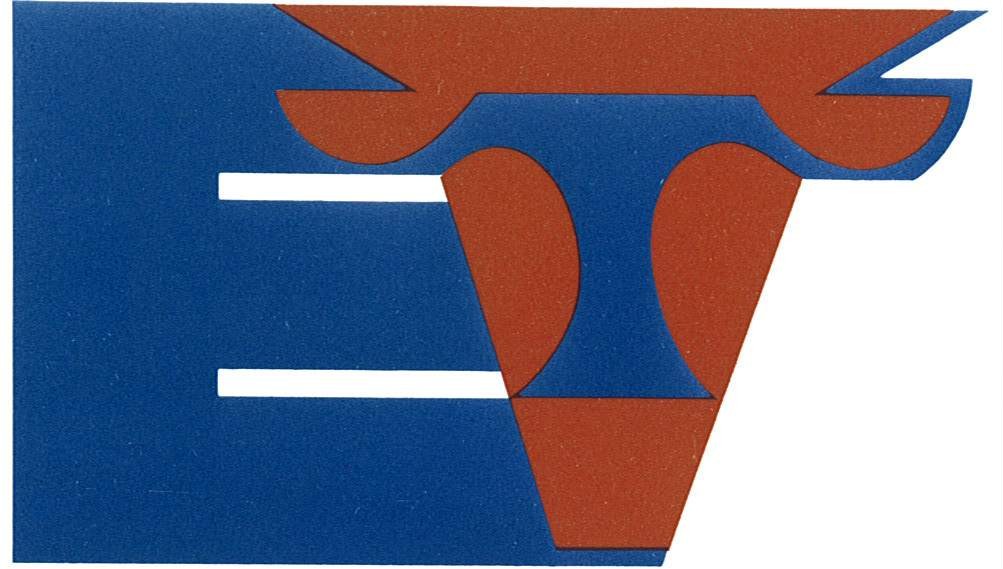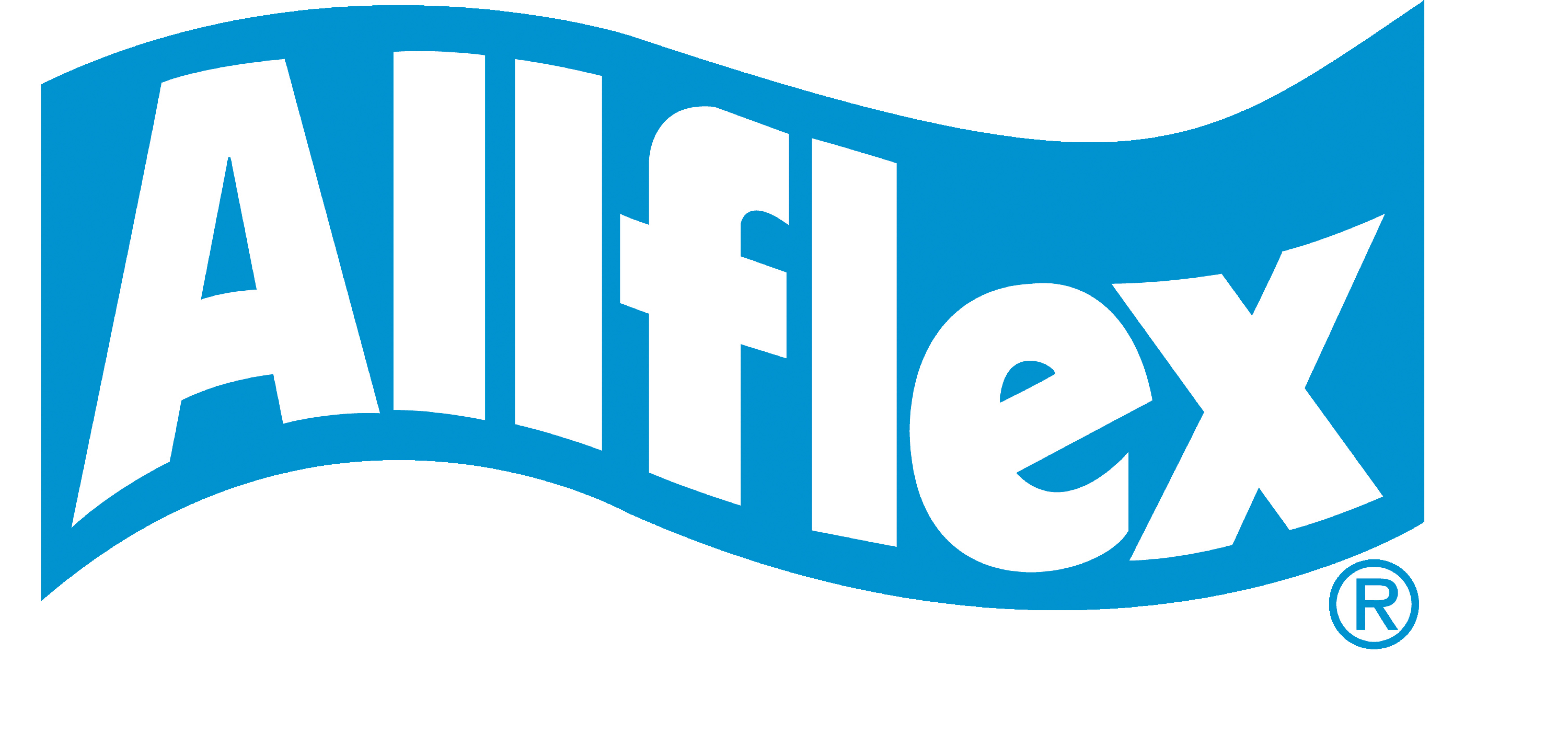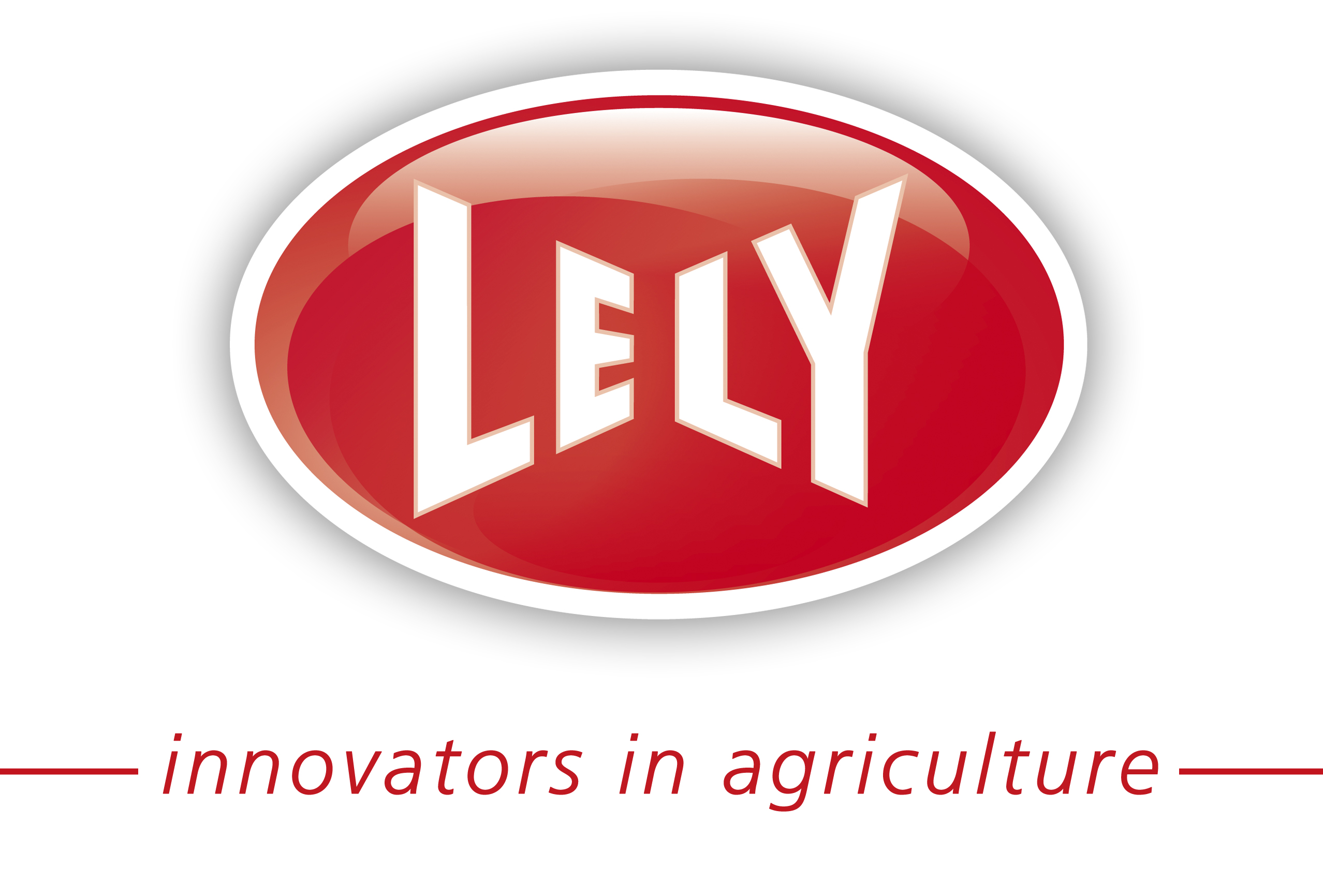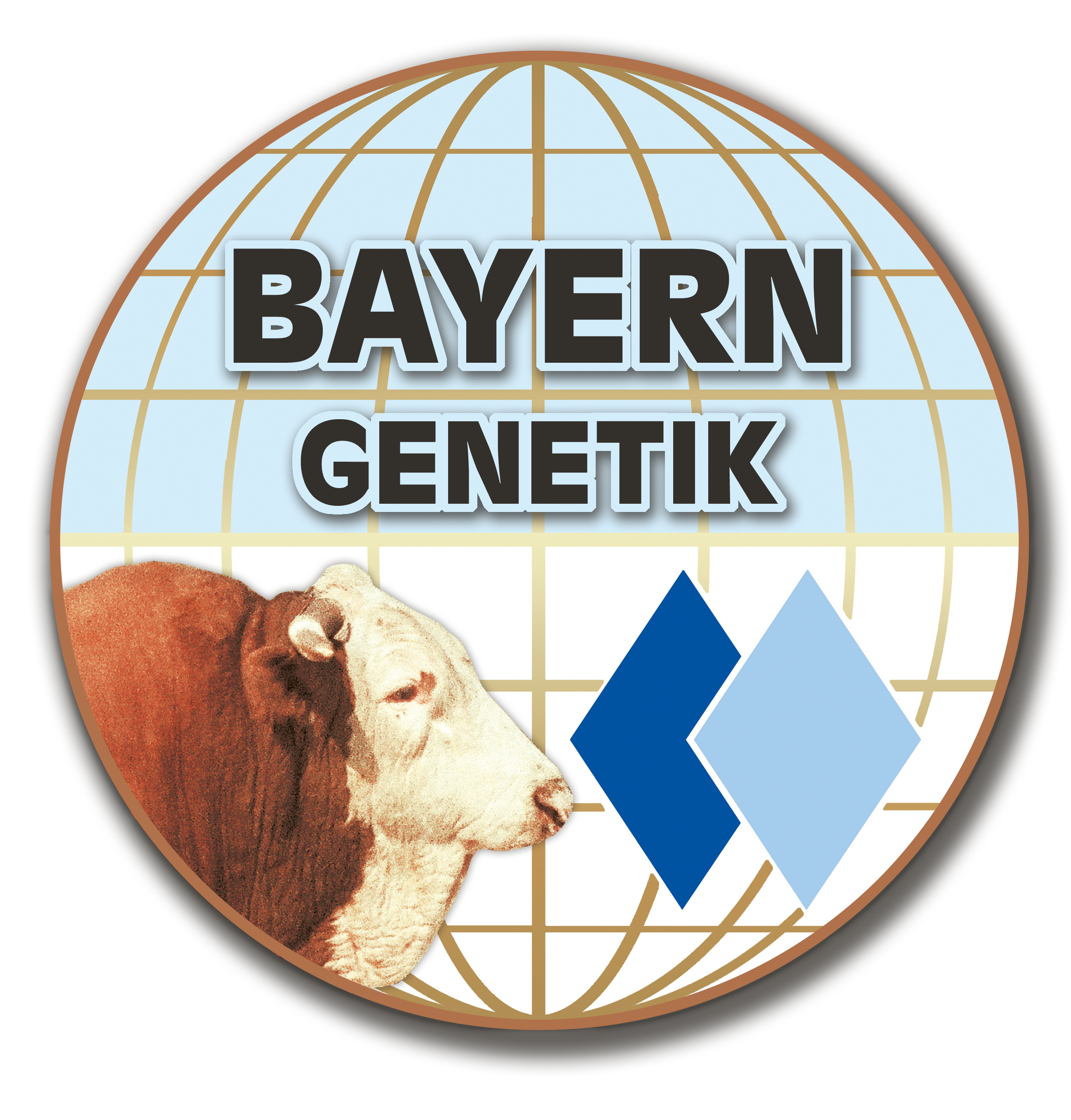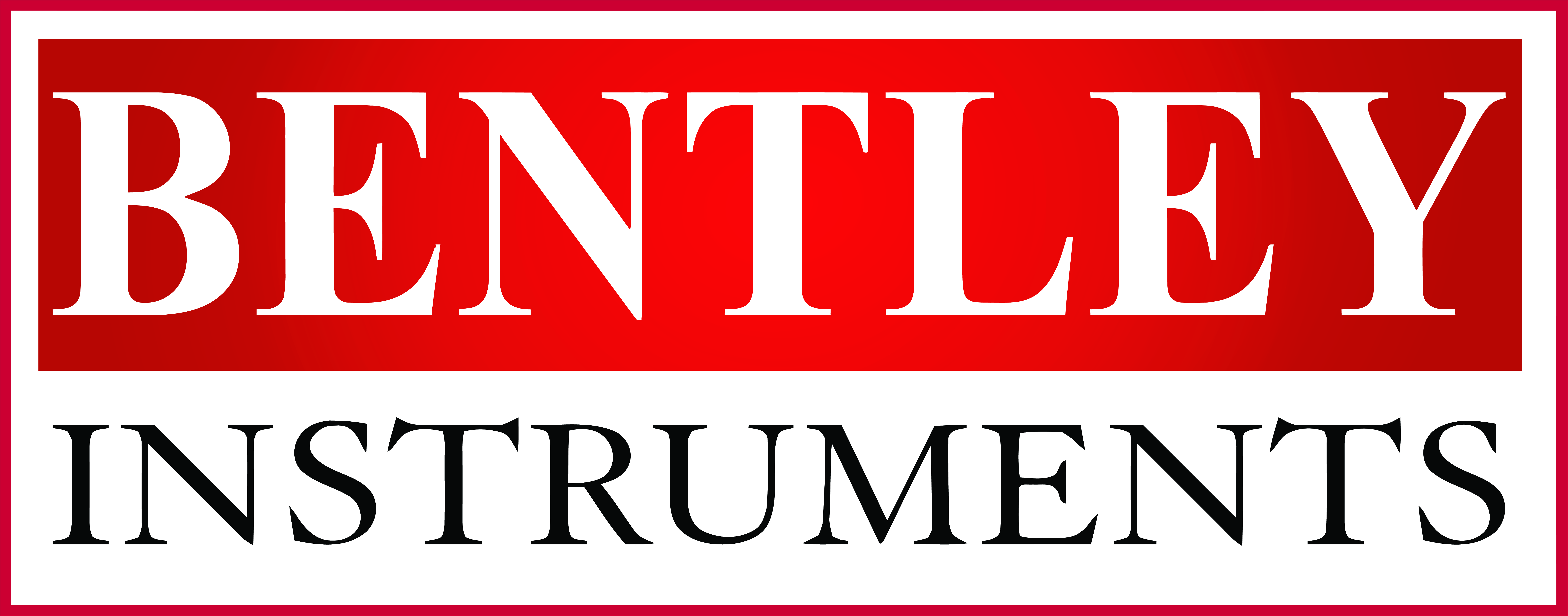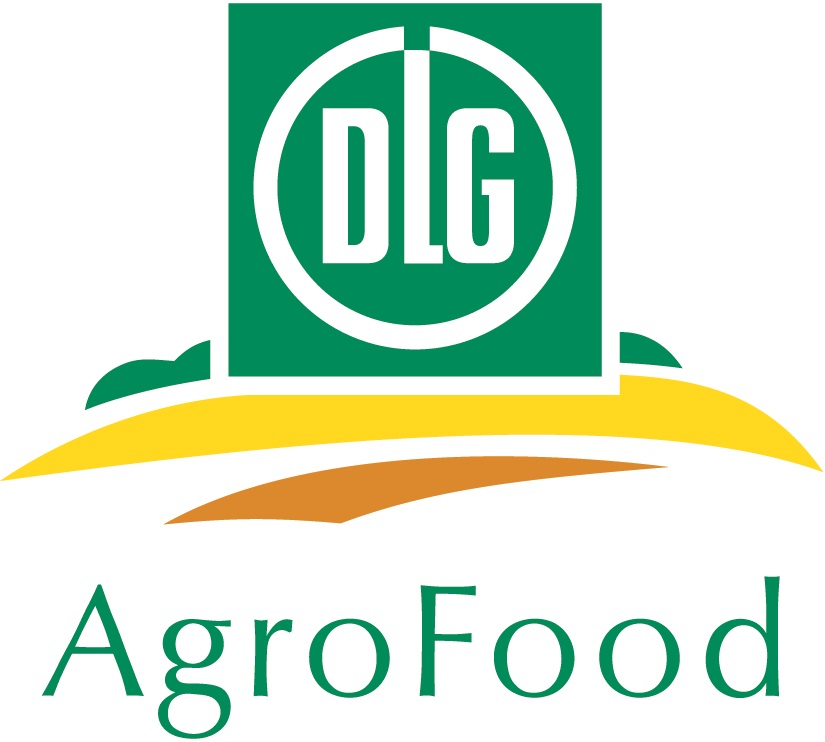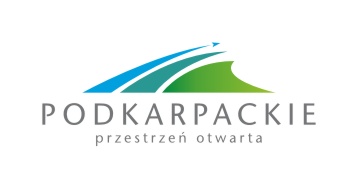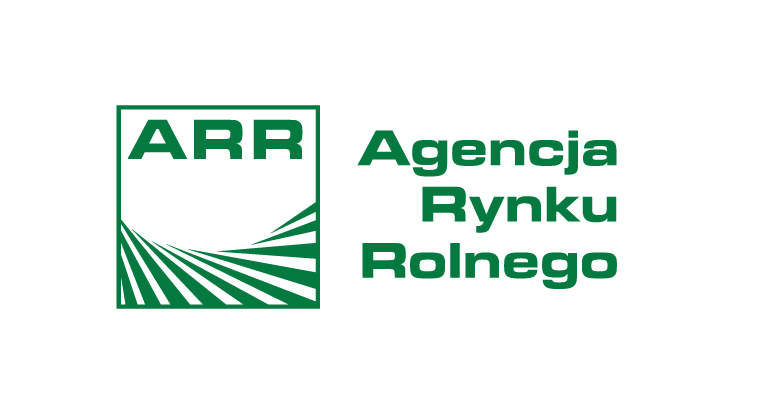EVENTS AND TOURS
AUSCHWITZ BIRKENAU
|
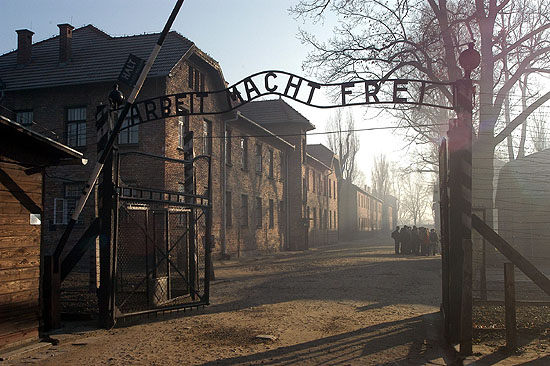 |
KRAKÓW CITY SIGHTSEEING
Kraków, the former capital of Poland and a European centre of culture, art and science, is a city that offers a wide range of tourist attractions. The tour will begin from visiting the Jewish District of Kazimierz to explore the area which used to be inhabited by one of the most diverse Jewish communities in Europe. Afterwards, the tour will be continued along the Royal Way from the Barbican (city gates) and the St. Florian’s Gate to the Wawel Hill. |
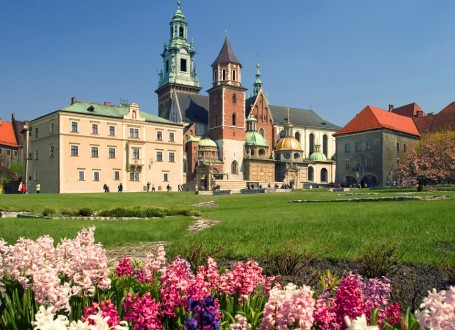 |
WIELICZKA SALT MINE
|
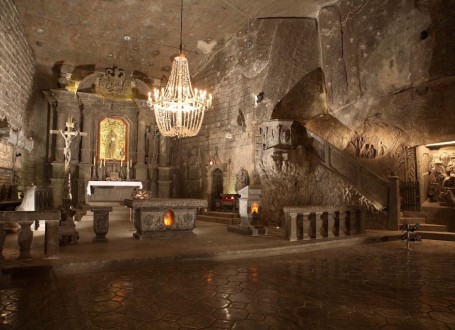 |
VISIT OF MAŁOPOLSKIE BIOTECHNICS CENTER (MCB) IN KRASNEHow to get to Krasne - Map
Małopolskie Biotechnics Center (MCB) in Krasne has The European Union Licence EU 18161901 as the first centre in Poland. The region of its activity consists of 4 voivodeships: malopolskie, opolskie, podkarpackie and slaskie. This region is characterised by beautiful landscape and wonderfull tourism, the national culture and variety of folklor. Its agriculture is differentiated either in area or in production. The area is rich in greenland, what predestines it to produce milk cattle and also high quality beef. MCB in Krasne fullfills all needs of such differentiated agriculture, offering genetic material of the highest quality in all breeds. The scale of inseminating services throughout a year is as follows: - insemination of cows and heifers - 250,000 - insemination of sows - 90,000 - insemination of bees - 9,000 - a low scale of insemination of goats and rabbits. |
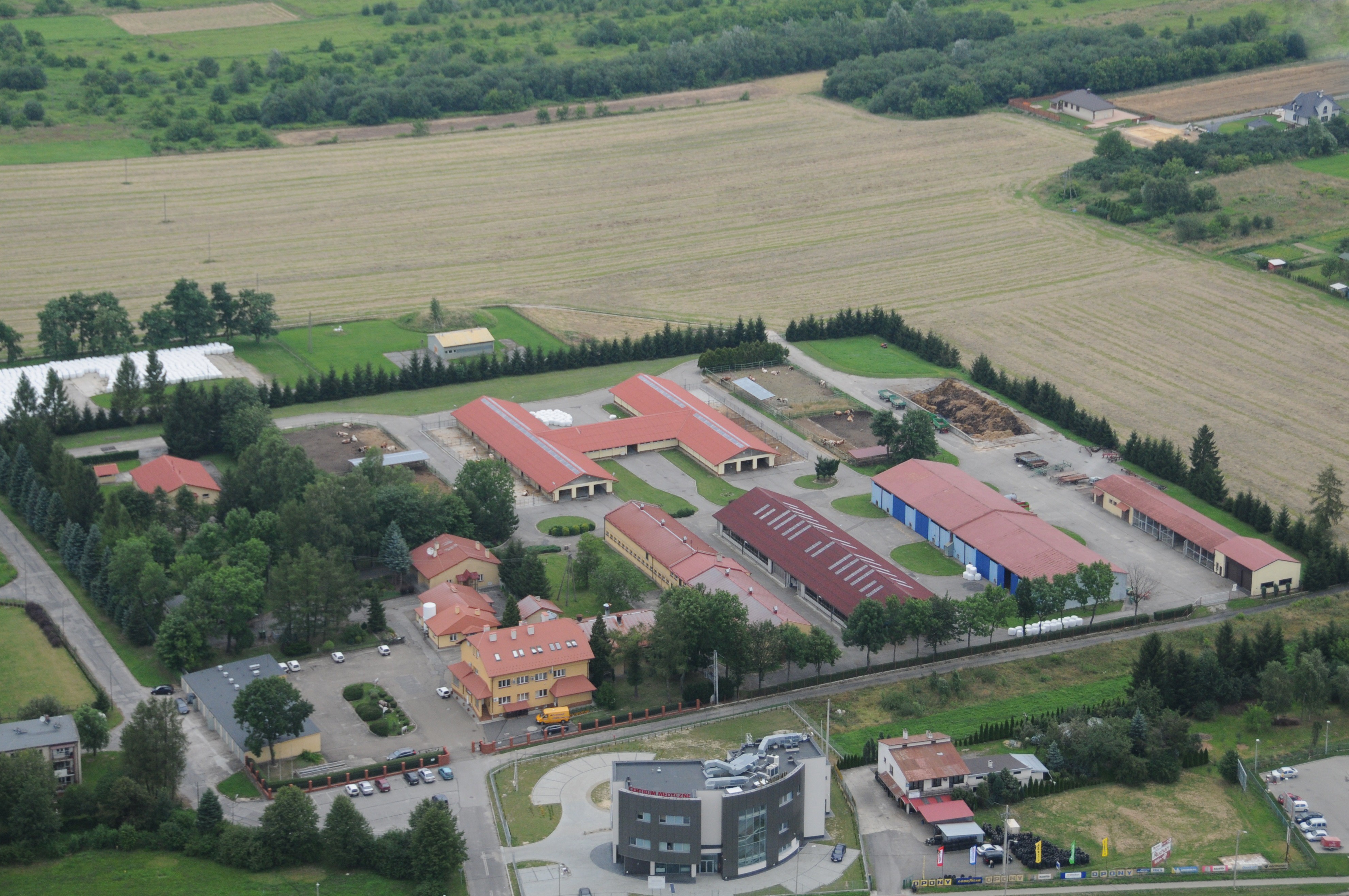 |
BIESZCZADY REGIONThe region around the Bieszczady, in the far southeastern corner of Poland, is one of thick forests and open meadows. Scantily populated and unspoilt, it’s one of the most attractive areas of the country. As tourist facilities are modest, roads sparse and public transport limited, the Bieszczady region retains its relative isolation and makes for an off-the-beaten-track destination. It’s popular with nature-lovers and hikers. Among many historical and cultural sites, the most popular is Sanok Open Air Museum - one of the biggest skansens in Poland. It was established in 1958 and contains 200 buildings which have been relocated from different areas of Sanok Land (Bieszczady, Low Beskids, Pogórza, Doły Jasielsko Sanockie) . The museum shows 19th and early 20th century life in this area of Poland. The park is divided into distinct but similar-looking sections – each featuring an ethnic group living in the region prior to the post-WWII forced resettlements. (Boykos, Lemkos), Dolinians (Dale Dwellers) and Polish Uplanders (pl. Pogorzanie) homes and churches have been transported there from surrounding villages, restored to original condition and furnished with authentic objects of the period. Bieszczadzka Forest Railway is another exciting attraction of the Bieszczady mountains. It was established at the end of the 19th century. In the past it was used for transporting timber, at present, it carries tourists. We organise for all participants the ride through the Bieszczady forests.
|
|
NATIONAL SIMMENTAL CATTLE EXHIBITIONUnder the patronage of the Polish Simmental Cattle Breeders Association, an annual exhibition of Simmental cattle is organised in Rudawka Rymanowska. On the one hand, the exhibition provides an opportunity for presenting the breeding and production accomplishments, as well as production efforts and effects of perfected utility features. On the other, it is a great occasion for exchange of thoughts, beliefs and experiences in the course of conducted meetings and discussions attended by farmers, breeders and representatives of breeding associations, agricultural services, as well as academics from institutes and universities related to agriculture. Discussions refer to current problems and the perspective of further development of animal production. The participation of breeders/ farmers, presentation of best and most beautiful animals and distributed distinctions and prizes mobilise the participants to obtain better and better results. Looking at the animals presented at the exhibition, one can be certain that breeding animals in good environmental and nutritional conditions ensures milk, meat and eggs of high quality.
|
|
